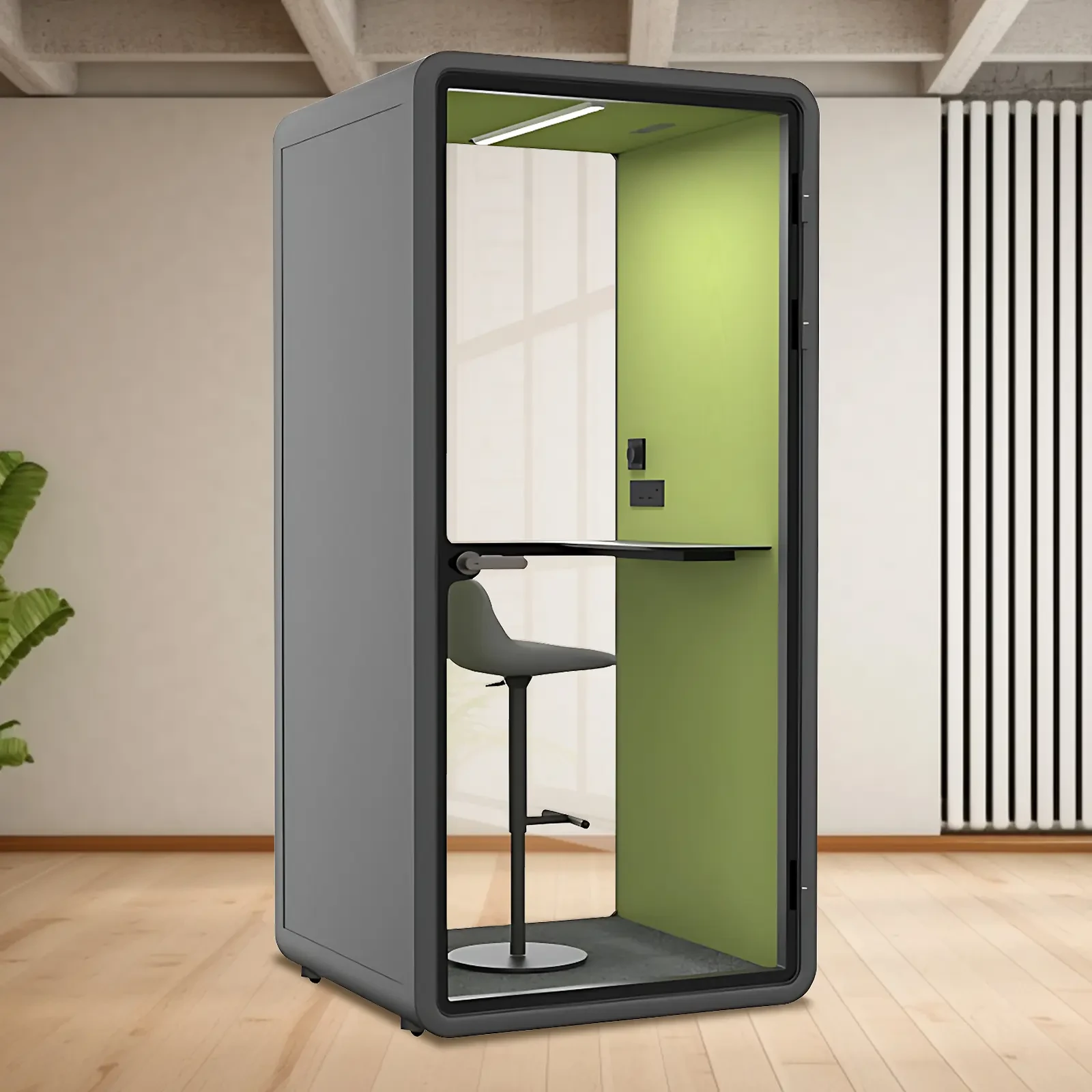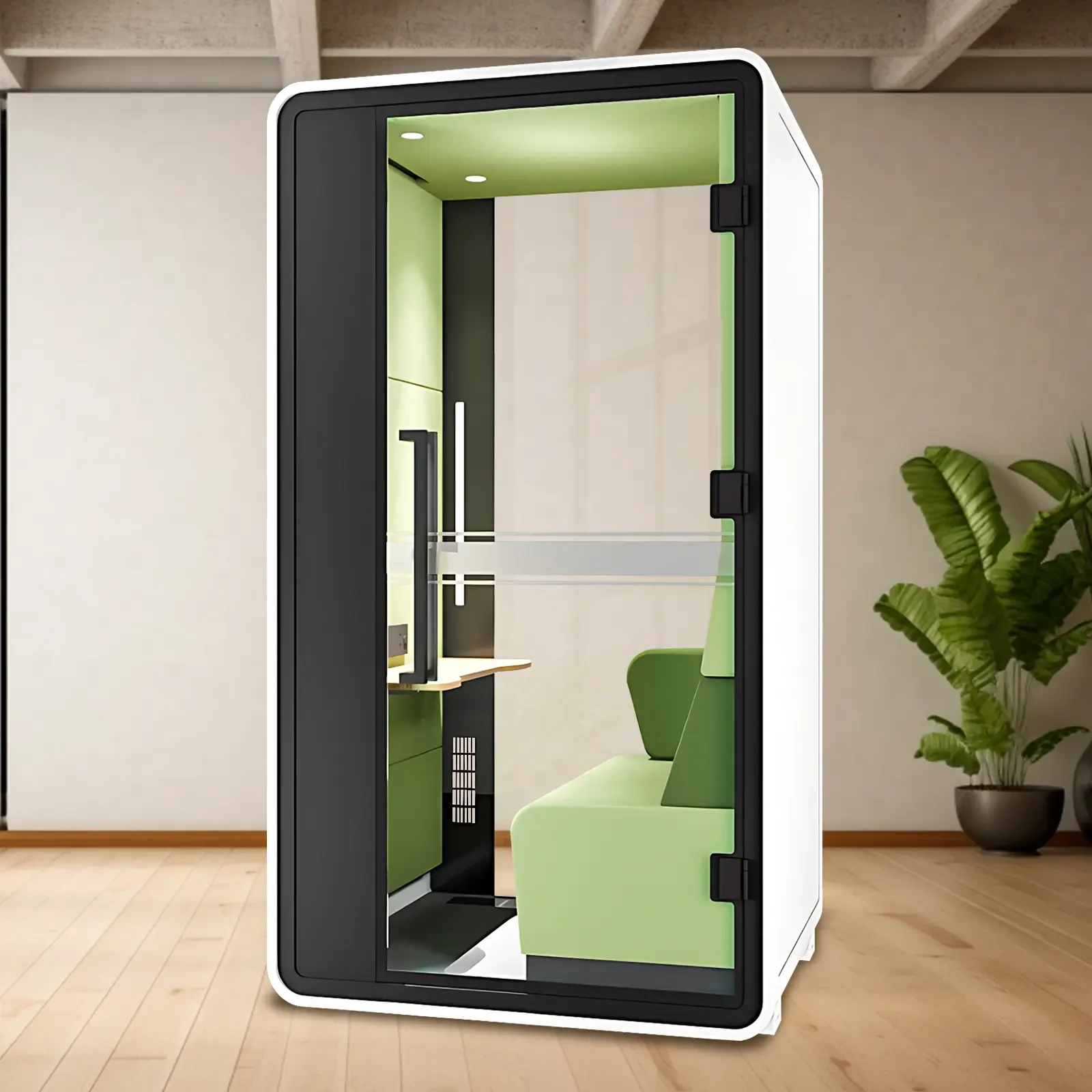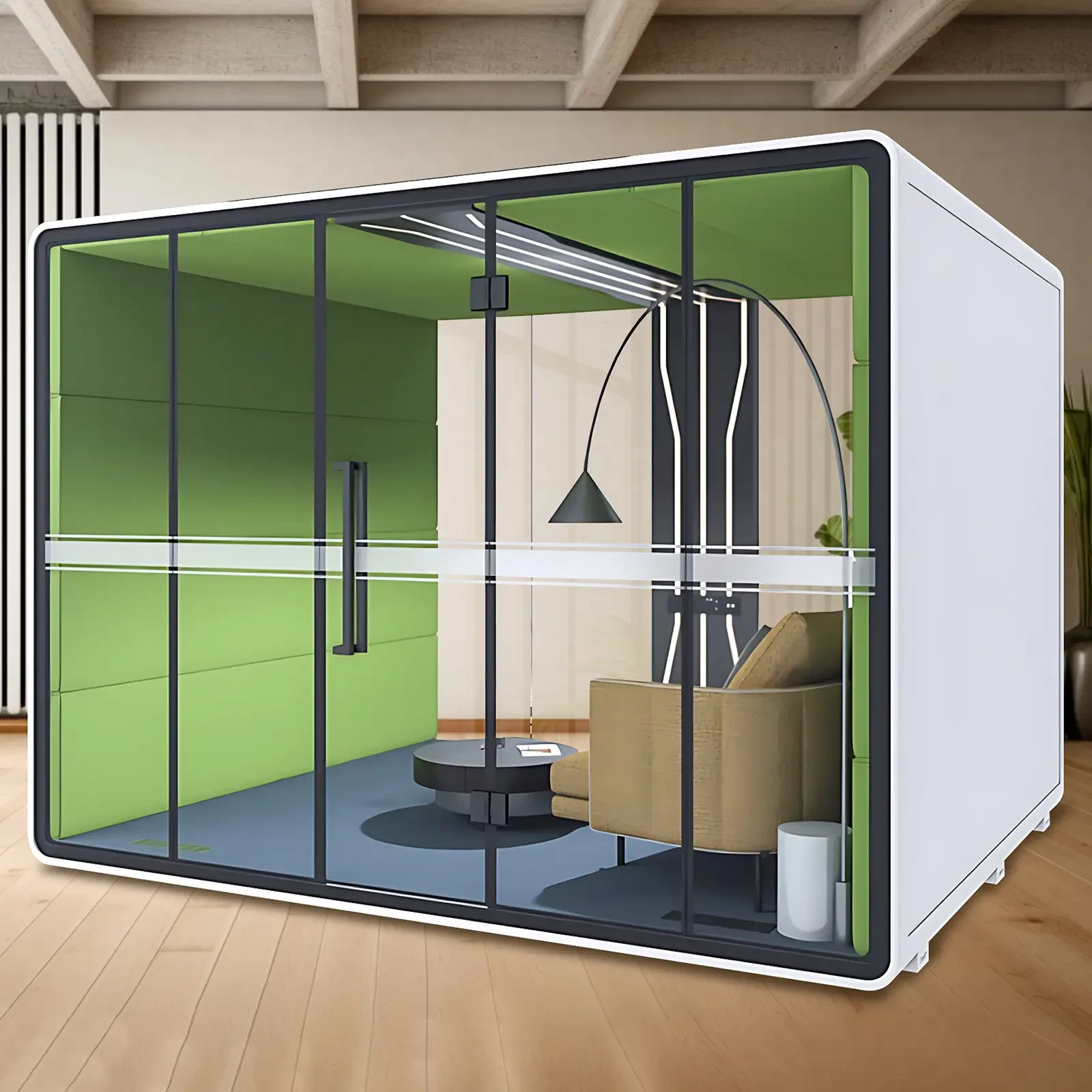Crafting a productive, inspiring work environment requires more than just nice furniture and lighting. It takes a transformation of how we perceive, organize, and use workspaces. Design modern office revolves around concepts both that we are familiar with and ones that might be new to us. They are open-minded, which is more about the feeling of being open and having the possibility of being connected to others, including the natural world outside.
Flexibility is also integral to the modern workplace, where constant change is the norm—and where everything must be able to adapt and realign seamlessly. Each of us has a unique way of being that begins in childhood and evolves across a lifetime. Good design connects with how people are meant to be in the office and how they are meant to act. These design principles must be incarnated in spaces and how we use them if the modern office is to be anything more than a soulless receptacle of work.
Understanding the Purpose Behind Modern Office Design
Modern offices can be inviting and pleasant to spend time in. Designing modern office isn’t just about creating an aesthetically pleasing space—it also plays a functional role in enhancing the physical and mental well-being of those who work within it. The ideal office design practically preempts sociological and psychological problems that can arise in working conditions by designing them out of the office.
At the same time, the ideal office design performs well over a range of dimensions that can be estimated by observing the office as well as by measuring various factors that are related to the appearance and functioning of the office.
Spatial Flexibility and the Elimination of Physical Barriers
A principal trait sought after in today's design modern office environment is the appearance of open layouts and modular elements, which remove traditional barriers and promote fluid interaction between teams.
Instead of isolated workstations, modern office layouts feature collaborative zones, casual meeting corners, and quiet focus pods, all harmoniously blended into a unified workspace.
And because the appearance of the office is an increasingly important branding function, we asked architects and interior designers to give us their take on the best-looking modern offices.
Integrating Natural Elements for Improved Well-being
An equally important component of biophilic design elements present in design modern office interiors is the presence of nature. Office buildings today are more likely to be built with large windows and the like, and even though that's great, it's still not enough.
Indeed, with regards to large-scale modern offices, it is highly likely that one could also risk losing touch with the natural world, which one could reasonably expect at a place of work. A common antidote to that risk could be the inclusion of indoor plants in nearly every room of an office.
Embracing Minimalism and Ergonomics Together
The minimalist approach, as an essential part of design modern office places simplicity and clarity at the forefront. Yet, these spaces are anything but cold or purely utilitarian, thanks to the modern office's nearly universal adoption of spaces that are—they're even comfortable and usable. Cleanliness and comfort come at the hands of multifunctional furniture, a considerable absence of visual clutter, and what can be assumed as a line-for-line injunction against sketchy storage solutions.
Using Colour Psychology to Define Purposeful Zones
An often-overlooked strategy for the effective design of contemporary office spaces is using the principles of colour psychology to indicate and influence behaviour in particular areas of the workspace.
Warm tones can be used to energise brainstorming areas, while cool hues can imbue focus zones or relaxation corners with a calm ambience. Neutral palettes, when combined with the strategic use of pops of colour, yield visual harmony while enhancing spatial legibility.
Each hue should serve as an indicator that helps us know what to do and how to act in a designated area. Beyond that, the colour needs to serve the same function and mood as the area it's occupying.
Supporting Collaboration Through Strategic Layouts
A workplace's structure must inherently support the kind of work its inhabitants perform. This is especially true for the design modern office, with its open spaces and collaborative, team-based work. The reason for having an office is that people must work together. In the past, offices were closed spaces, like a lab, where work and workers were boxed in.
In the modern era, with all its distractions, the office must achieve a balance: visually and acoustically, openly and privately; in terms of concentration and collaboration; teamwork and individual work. These are the demands that must be satisfied by the office's architecture.
Technology Integration Without Compromising Aesthetics
In the quest to build today's workplaces, designers strive to develop spaces that reflect contemporary modernism. This means not only integrating technology into the workspace but doing so in a way that is both seamless and aesthetic. Office environments today need to be tech-ready, needing to support not only the types of presentations that could be conducted with the old overhead projector but also requiring a readiness for video conferencing, collaborative digital tools, and the kind of personal devices that the average employee uses every day.
The 4-People Team Sound Booths offers excellent 30dB noise reduction with a high-performance insulation structure. It features integrated ventilation, 18W LED lighting, power/network access, and secure magnetic door handles. Built with durable, eco-friendly materials, it suits diverse settings like offices, studios, or study rooms, combining comfort, privacy, and modern design.
Recommendation
In conclusion, companies attempting to create contemporary office spaces that favour employee engagement, efficient functionality, and aesthetic innovation can find bespoke solutions through X-comfot. With mastery in the just-off-the-press workspace planning and execution, X-comfot offers customised office pod systems and modular layout redefinitions that change the very experience of workspaces. For a look at how X-Comfot helps turn professional environments into modern, dynamic hubs, check out what we offer at X-comfot.

 USD
USD
 GBP
GBP
 EUR
EUR



